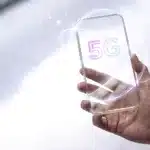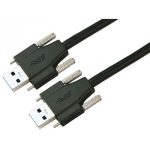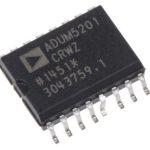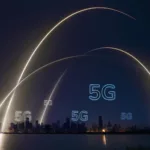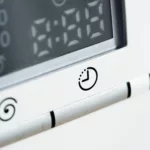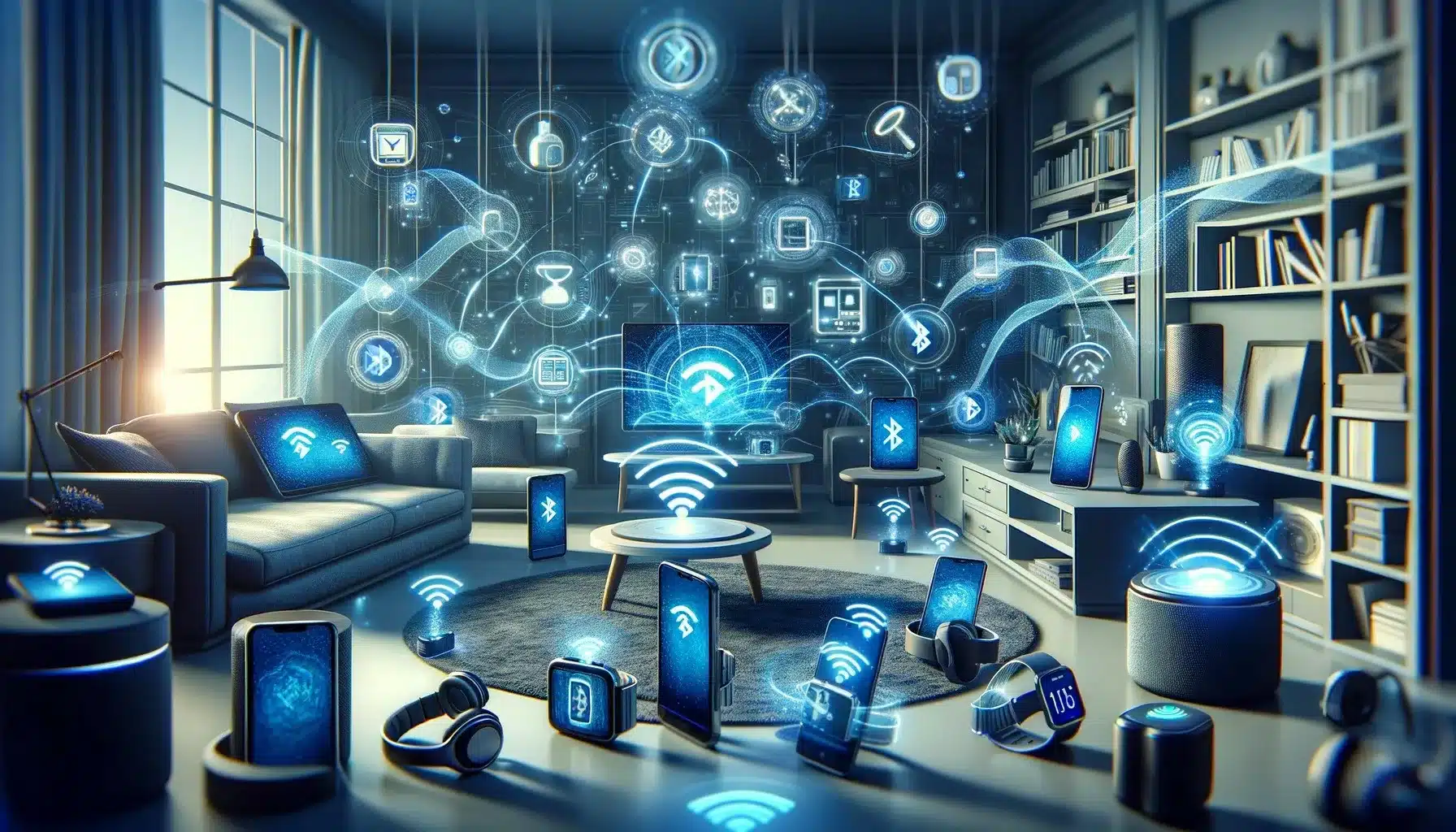
Introduction
Bluetooth technology has become a fundamental part of our digital lives, offering a seamless way to connect and exchange information over short distances. This wireless technology facilitates communication between modern gadgets and devices such as smartphones, computers, headphones, and speakers without the need for cables or wires. Its seamless integration into our daily lives underscores its significance due to the magical wonders it brings.
This article educates users by exploring the wonders of Bluetooth technology, covering its history, how it works, core functionalities, types, benefits, and applications of this innovative wireless communication standard.
What is Bluetooth? The History of Bluetooth Technology
Bluetooth is a hallmark of wireless communication designed to connect and allow a range of devices to communicate with each other over short distances. Bluetooth has evolved into a global standard for short-range wireless communication. Its versatility and ubiquity allow seamless wireless connectivity and integration between different devices, creating a more connected ecosystem.
Going back to history, Bluetooth technology was named after Harald Bluetooth, a 10th-century king who unified Denmark and Norway, just as the technology aimed to unify communication protocols. It was invented in 1994 by engineers at Ericsson, a Swedish telecommunications company, as a wireless alternative to RS-232 data cables. Since then, it has evolved from a simple way to connect computer peripherals into a universal standard for short-range wireless communication.
How Bluetooth Works? The Phenomenon of Pairing and Connection
Bluetooth technology uses short-wavelength UHF radio waves from 2.402 GHz to 2.48 GHz ISM band, a globally available frequency band that ensures device compatibility worldwide. This spectrum is reserved internationally for industrial, scientific, and medical devices. Bluetooth establishes a secure, low-power, short-range communication channel between devices. To minimise interference with other wireless devices, Bluetooth employs a spread spectrum, frequency hopping, and full-duplex signal at a rate of 1,600 hops per second.
Devices equipped with Bluetooth can be paired and this pairing and connection create a personal area network known as a piconet. Using a master-slave architecture, this network can include one master device and up to seven active slave devices, with additional devices in a “parked” state that can be activated as needed.
Gain Insight into the Potential Benefits of Bluetooth Technology
The widespread adoption of Bluetooth technology is attributed to its numerous benefits, including but not limited to:
- Convenience: Eliminates the clutter and limitations of wires and is user-friendly, offering mobility and ease of use.
- Low Power Consumption: Bluetooth devices are designed to operate with minimal power, especially Bluetooth Low Energy, making them ideal for battery-operated devices like smartphones and wearables.
- Security: Bluetooth incorporates robust encryption and authentication mechanisms to ensure secure communication.
- Interoperability: A universal standard that ensures compatibility across a broad range of devices and brands.
- Cost-Effectiveness: The increased adoption of Bluetooth technology has led to economies of scale, reducing the overall cost of Bluetooth components and making the technology affordable for numerous products.
Types of Bluetooth: Exploring the Popular Versions of Bluetooth in the Market
Over the years, Bluetooth technology has evolved to meet the growing demands of consumers and manufacturers. Today, there are several different versions of Bluetooth, each offering various features and capabilities:
- Bluetooth Classic: It is the original version of Bluetooth, primarily used for connecting devices like smartphones, laptops, and speakers.
- Bluetooth Low Energy (BLE): Also called Bluetooth Smart, this specialised version of Bluetooth is designed for devices that operate on small power sources, such as fitness trackers, smartwatches, and IoT devices.
- Bluetooth Audio: This version of Bluetooth is optimised for streaming audio between devices, such as headphones, speakers, and car stereos.
- Bluetooth Mesh: Introduced in Bluetooth 5, Bluetooth Mesh enables many-to-many device communications. It is designed to create large-scale device networks to communicate with each other, making it ideal for smart home and industrial automation applications.
The Wonders of Bluetooth Technology: Exploring Its Core Functionalities
At its core, Bluetooth technology facilitates wireless communication over short distances between various devices, generally up to 10 meters (or 30 feet) apart. The versatility of Bluetooth technology extends beyond simple data transfer––supporting multiple profiles and protocols tailored for specific applications. Some of the unbelievable wonders of Bluetooth technology that have evolved over the years include:
Audio Streaming
Bluetooth enables high-quality audio streaming between devices, making it ubiquitous in wireless headphones, speakers, and car audio systems.
Home Automation
Bluetooth-enabled smart home devices, such as light bulbs, thermostats, and security cameras, can be remote-controlled via smartphone apps, offering convenience and energy efficiency.
Hands-Free Calling
Bluetooth allows hands-free calling in cars and on headsets, making it safer and more convenient to communicate while driving or multitasking.
File Transfer
Bluetooth facilitates the seamless transfer of files between compatible devices, eliminating the need for cables or external storage media.
Peripheral Connectivity
Bluetooth allows smartphones, tablets, and computers to connect to a wide range of peripherals, including keyboards, mice, printers, and game controllers.
IoT Connectivity
Bluetooth Low Energy is instrumental in connecting IoT devices, enabling efficient communication while conserving power.
Real-World Applications and Impact of Bluetooth Technology
Bluetooth technology has a wide array of applications that extend beyond simple file transfers, including:
- Wireless Communication Between Devices: It allows for the exchange of data between devices like smartphones and computers without requiring cables.
- Health and Fitness: Wearable fitness trackers use Bluetooth to sync exercise and health data with smartphones or computers, promoting a healthier lifestyle.
- Smart Home Devices: It enables smart home devices, such as light bulbs, thermostats, and security systems, to communicate with each other and with smartphones for control and monitoring.
- Retail and Marketing: Bluetooth beacons deployed in retail spaces deliver personalised promotions, indoor navigation, and customer analytics, enhancing the shopping experience and driving sales.
- Automotive: Bluetooth integration in cars enables hands-free calling, audio streaming, and voice-activated controls, enhancing driver safety and convenience.
- Location Services: Bluetooth beacons are used in stores, airports, and museums for location-based information and services.
The Future of Bluetooth Technology
Bluetooth technology continues to progress––with each version bringing improvements in speed, range, and energy efficiency. Future developments are expected to enhance connectivity in the IoT era, with applications in smart cities, automotive technologies, and more innovative health devices.
Final Thoughts
Bluetooth technology has transformed the way we connect and communicate with electronic devices. Its applications span various industries and showcase its versatility and importance in the digital age, pushing the boundaries of what’s possible and making our devices more integrated, efficient, and smart. As we move forward, the wonders of Bluetooth technology will undoubtedly reshape the future of wireless communication.






